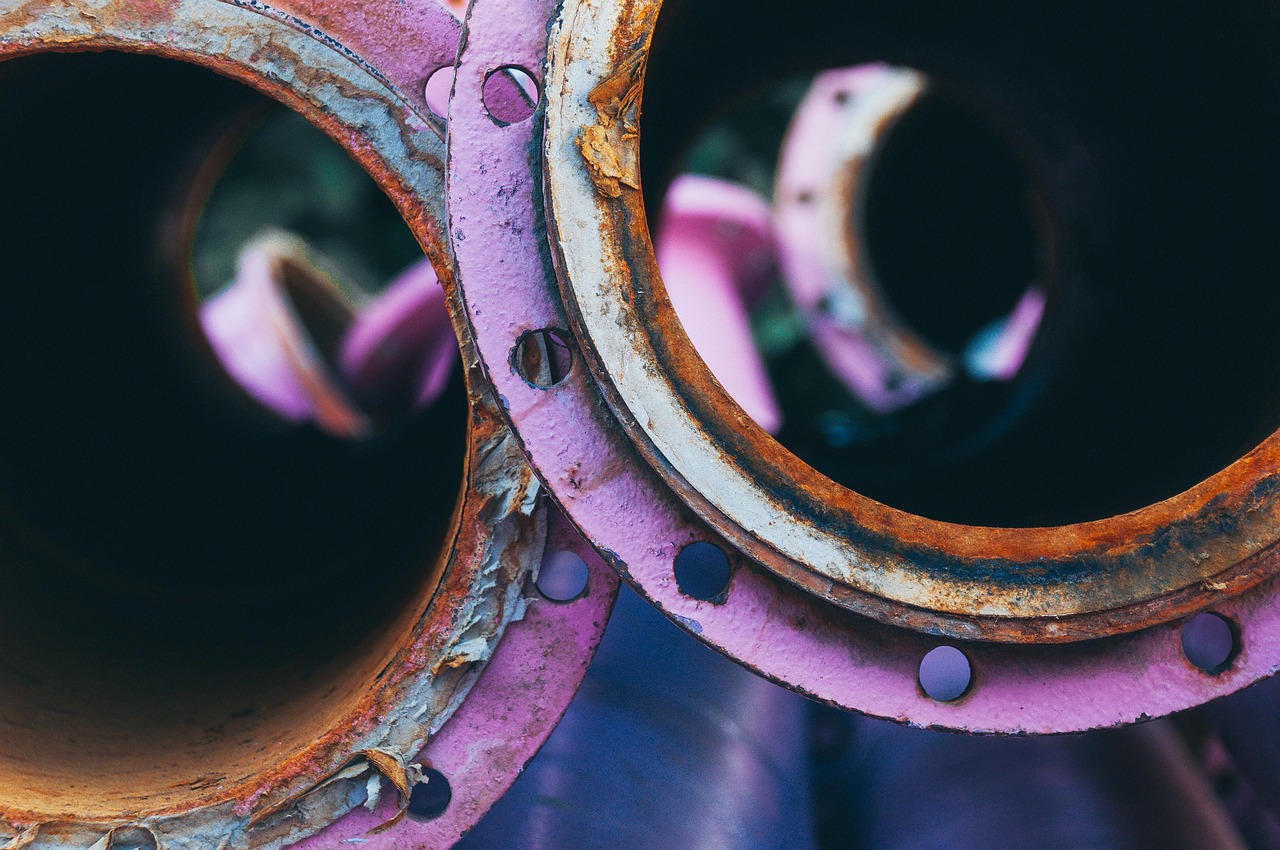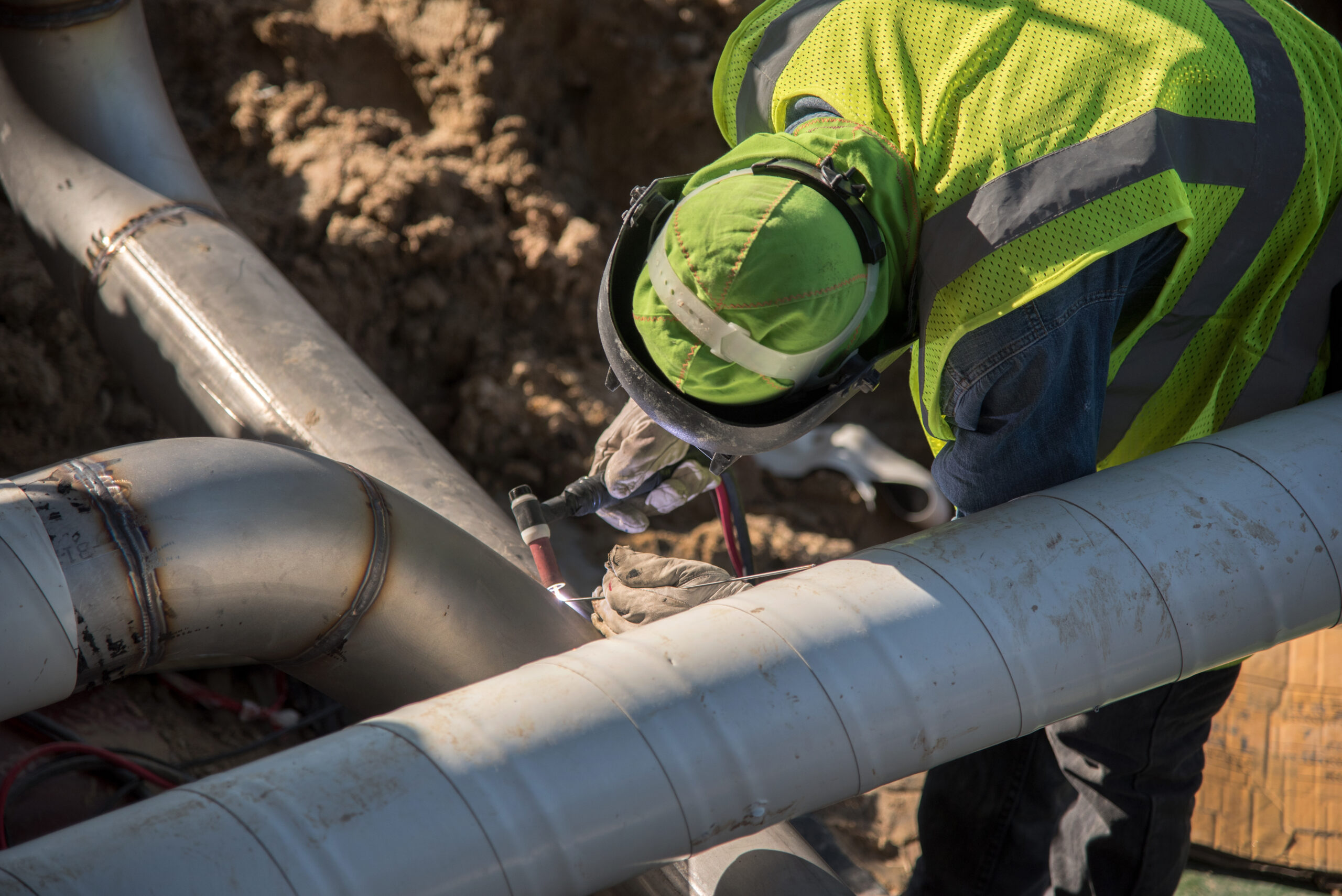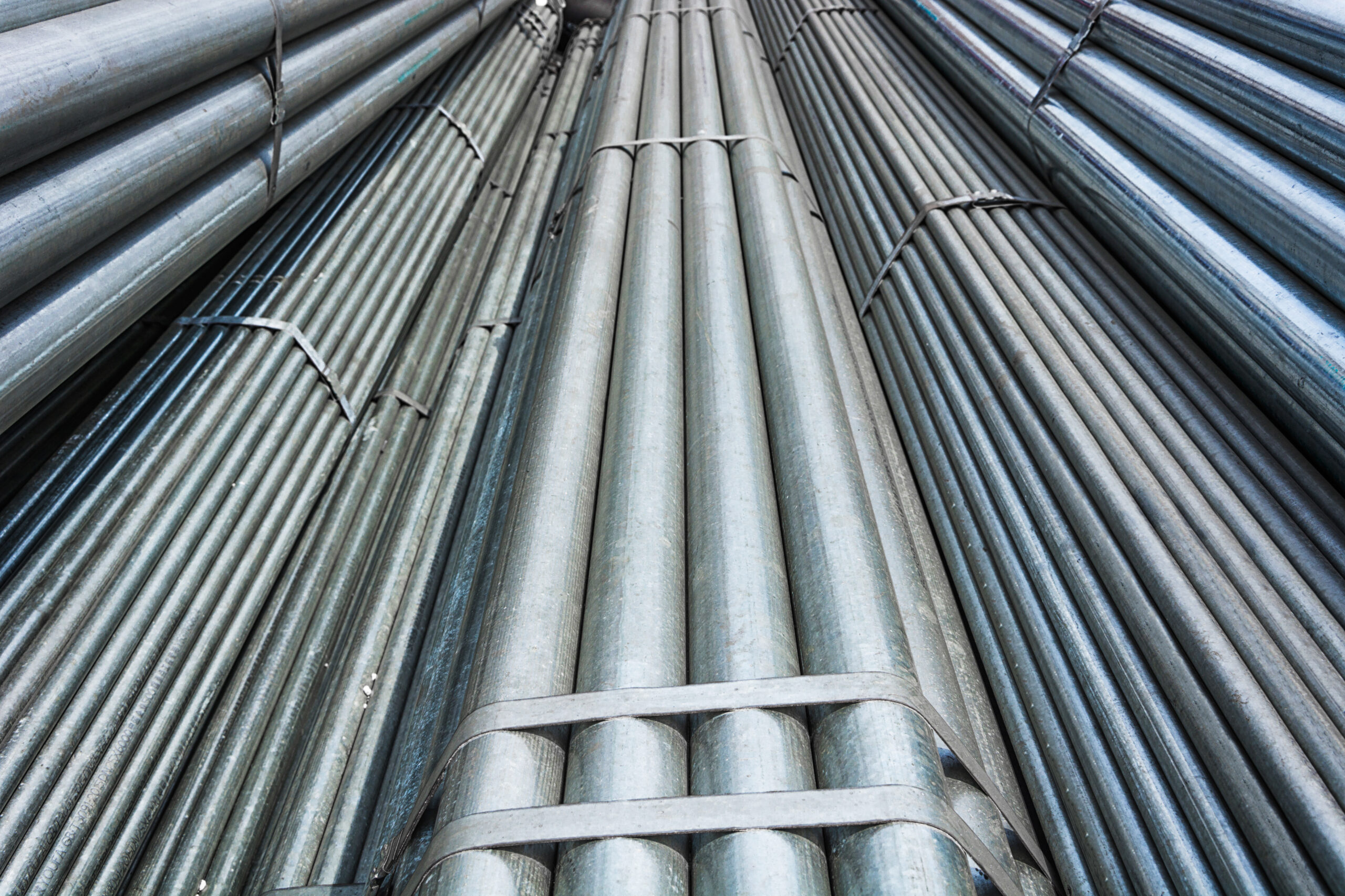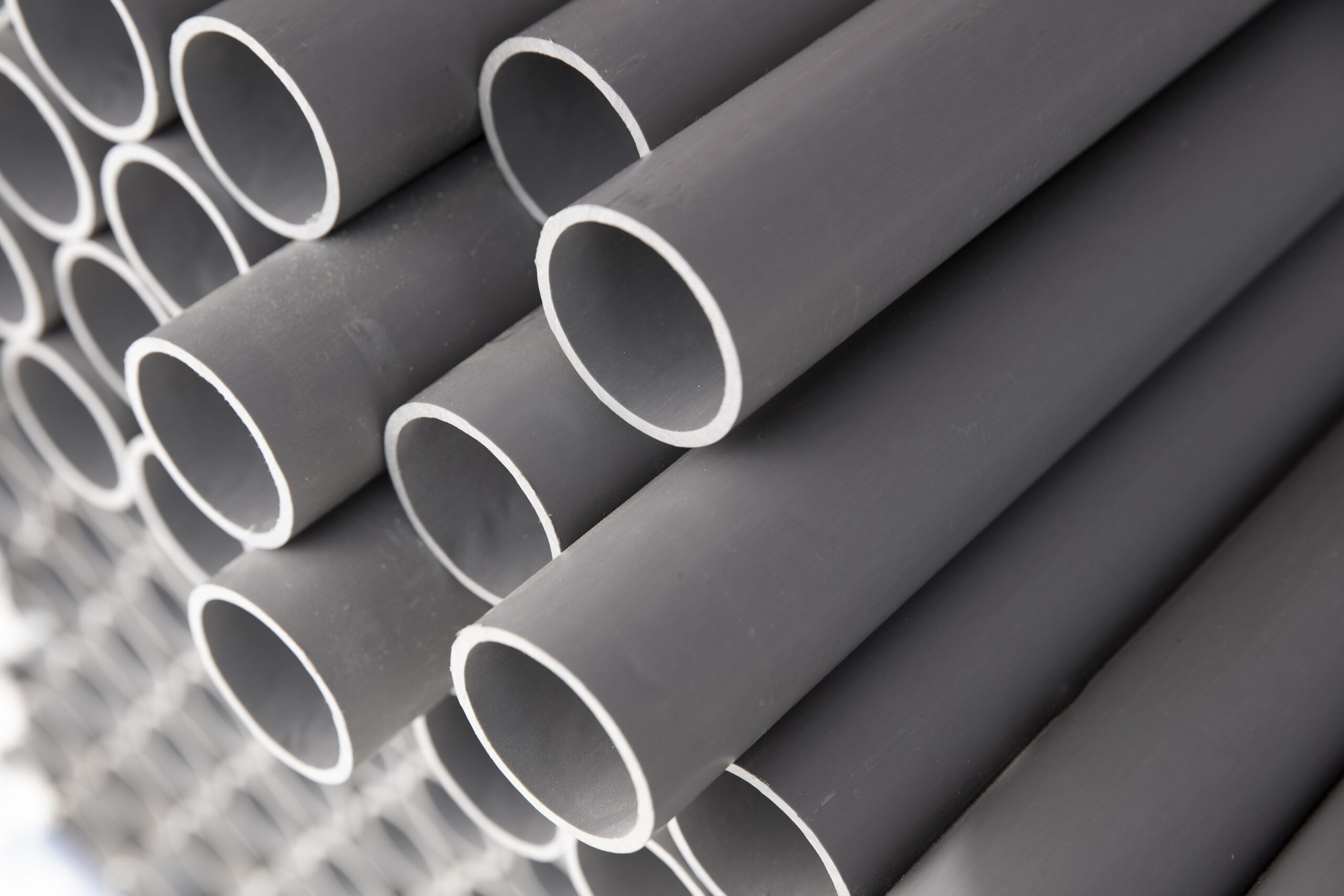Want to extend the age of pipeline coating? Read the complete blog.
It has been more than 70 years since pipeline systems were developed in the United States for transporting natural gas, oil, and refined products. Infrastructure upgrades- including aging pipelines- are necessary as the nation’s energy transportation demands continue to rise.
Overdue pipelines may face a little-known problem that could delay or cancel them, raise new safety concerns, and add high costs. Leaks, catastrophic spills, and explosions could result from compromised coatings that cause internal pipeline corrosion and failures.
Additionally, we suggest reading out “Case Studies And Examples Of Successful Thermoplastic Pipe Liner Projects”
The Corrosion Process
When an electrochemical reaction occurs in an electrolyte’s presence, most pipelines are corroded.
As part of the electrochemical process, the voltages and currents associated with the corrosion rate can also be monitored to detect and mitigate this deterioration. Both internal and external factors influence the corrosion rate of piping systems.
Is It Necessary To Coat Pipelines?
A buried steel pipeline is most vulnerable to corrosion, leading to leaks, service interruptions, and even explosions. A state or federal agency regulates Interstate pipelines, primarily the Department of Transportation (DOT).
These agencies mandate corrosion protection at a minimum through protective coatings and cathodic protection. It is important to evaluate the condition of the coated pipe as it is buried in a trench.
Type Of Coatings
Following is a complete list of various types of pipeline coating:
Epoxy Coal Tar
The coal tar epoxy resin (CTE) is a liquid epoxy resin containing mineral fillers and a semi-liquid coal tar pitch. CTE cures by combining resin and hardener and generating a thermoset coating.
Like liquid epoxy coatings, coal tar epoxy coatings are thickened by particle content and how often they are applied to a steel surface. CTE applications for pipeline work usually range between 15 and 35 mils in thickness.
External Coatings
All around the world, there are pipelines carrying oil and gas. Pipelines can be buried, run above ground, or submerged in fresh or salt water. This vast range of climatic variables must be considered when engineering coatings for outdoor pipeline applications.
External pipeline coatings face tremendous challenges from saline water, soil stress, and compounds born in the soil. Additionally, external coatings must resist local bacteria and flora, wastewater, and the chemicals and solvents employed in the hydrocarbon processing.
Internal Coatings
Solid particles, such as silicas, filth, grease, and other salts, are present in oil and gas fluids. While some of these particles dissolve in the fluid, others are suspended.
These particulates become extremely corrosive missiles as they pass through pipes at speeds close to 200 mph. The strong impact these swiftly moving particulates produce must be considered when engineering coatings for internal pipeline applications.
Galvanizing
One of the most well-liked steel pipe coating styles is galvanizing or galvanizing. Even though the metal possesses various good qualities in terms of tensile strength and corrosion resistance, it still requires additional zinc coating for a better finish.
Depending on the method’s accessibility, galvanizing can be done in various ways. However, hot-dip or batch-dip galvanizing, which involves dipping a steel pipe into a bath of molten zinc, is the most often used method.
The steel pipe alloy and the zinc combine in a metallurgical process to produce a surface finish that gives the metal a corrosion-resistant characteristic never been present on the pipe.
Three Layer Polyethylene Coating
A multilayer coating made of three functional components is the 3-Layer Polyethylene or 3-Layer Polypropylene. The first layer is fusion-bonded epoxy (FBE), the second is copolymer adhesive, and the outer layer is polyethylene/polypropylene, providing tough, durable protection.
The 3LPE/3LPP Systems provide excellent pipeline protection for pipelines with moderate to high operating temperatures, whether they are small or large in diameter.
Fusion Bonding
One of the better pipeline coating options is this. Epoxies used for fusion bonding are single-component, thermosetting, and heat-curable epoxy. FBEs are applied to heating components as a powder (10–40 mils) that quickly solidifies from the liquid.
It adheres to steel surfaces well and is a durable coating that withstands handling damage. FBEs are good for the environment because they don’t contain any volatile organic compounds (VOCs).
Applying FBE soon after the heating procedure can help you avoid excessive pipe cooling. Semi-automatic application rings, electrostatic guns, or flocking machines frequently apply the powder. A minimum thickness of 14 to 16 mils is allowed for the powder.
Factors Contributing To Pipeline Corrosion
It is important to note that corrosion can occur inside and outside a pipeline, and various factors influence it. Apart from the age of the pipeline, corrosion can be caused by one or more of the following factors:
- The temperature of the materials being transported
- Environment
- Flow velocity
- Hydrocarbon chemical makeup
- Pipe diameter
- Pipe composition
There have been many changes in pipeline design over the years. The effectiveness of some standards has been demonstrated to be greater than those of others. It doesn’t necessarily mean a pipeline is safer because it’s newer.
A cathodic protection system, for example, was implemented in the late 1940s to reduce oxidative damage caused by external corrosion. However, other protection methods were good intentions that failed when implemented. The early anti-corrosion coatings on pipes are worse than no coating at all.
Steps to Extend the Age of Pipeline Coating
Following is a list of steps to extend the age of pipeline coating:
Selection of Appropriate Coating
Different coatings are suitable for different types of pipelines and environments. For example, if the pipeline is exposed to harsh weather conditions, a coating resistant to UV rays and temperature changes should be used.
Similarly, if the pipeline is exposed to chemicals, a coating resistant to chemicals should be used. If you have chosen an appropriate coating for your pipeline, ultimately you’re extending the age of pipeline coating.
Apply the Coating Correctly
The coating should be applied according to the manufacturer’s specifications. This includes the thickness of the coating, the number of coats, and the application method.
The proper application ensures that the coating provides adequate protection against corrosion and other forms of degradation.
Cathodic Protection
Cathodic protection is an electrochemical process used to protect pipelines from corrosion. In cathodic protection, a sacrificial anode is connected to the pipeline, which attracts the corrosion-causing electrons away from the pipeline.
Cathodic protection can be used with pipeline coating to provide maximum protection against corrosion.
Monitoring The Environment
The environment surrounding the pipeline can have a significant impact on its lifespan. Monitoring the environment regularly can help identify potential issues affecting the pipeline coating, such as soil movement or temperature changes.
Conclusion
For the first time in nearly 80 years, underground pipelines have been protected from corrosion by crude coating systems made from coal tar and asphalt. In recent years, the pipeline coating industry has matured to the point where reliable coating materials can now be applied in coating mills with high-quality control at high production rates. Depending on the service requirements, the hydraulic fracturing process will require pipeline coating materials like epoxy, polyethylene, and polypropylene.





